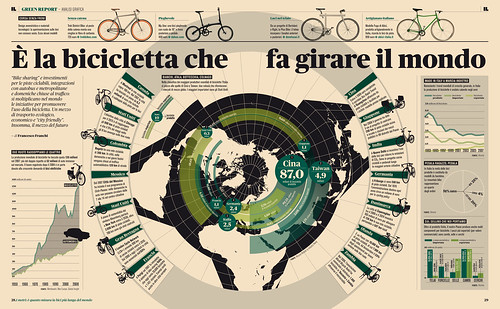This was designed in 1898 by Henri Van De Velde, the Beligan painter, architect, teacher, theorist and all-around design polymath. It was – and this simply amazes me – the only poster he ever created in his career:

Confronted with the task of developing a creative design for Tropon, a food concentrate company, he somehow abstracted the whole idea of concentrate food into these amazing egg-yoke-meets-venus flytrap-meets-totally-abstract-shape-meets-art noveau-meets-sci-fi things. And then, the beautiful hand type, all wrapped up in a little maze of lines. It actually makes me embarrassed for my post about the boring tax project, given how much the artist accomplishes here with so little to work from.







